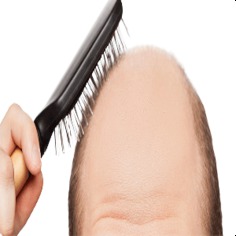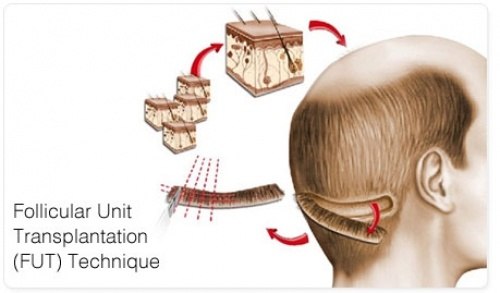In the present times, male vanity has emerged as the new dictate of a cosmopolitan man. With our modern and exciting new generation hair transplant techniques, you don't have to worry about that bald patch.
The surgical intervention, which involves transplanting or moving and reintegrating hair follicles from the donor site to the balding recipient site is referred to as Hair transplantation.
This is a minimally invasive procedure, which means that it does not involve large incisions or cuts to the area being treated. In it the genetically resistant hair follicle grafts are removed and transplanted to bald scalp.
Typically, hair follicles at the back of the head are balding resistant and used for transplant.
The technique of hair transplantation can correspondingly be utilized in restoration of hair to eyebrows, eyelashes, chest hair, beard hair and pubic hair. This technique can be effectively used in procedures like face lifts to fill in the scars resulted from surgery or accidents and even in previous hair transplants.

Hair Transplant
FUT refers to another popular hair restoration technique. In this technique, follicular units are used for hair transplantation. Follicular units are groups of 1-4 naturally fine vellus hair, in sebaceous oil glands, with a small muscle. The benefit of this procedure is that thousands of grafts can be efficiently and safely transplanted by the surgeon using these small units in a single session. Thus the procedure results in an optimal transplant, maximizing the cosmetic procedure output and impact.
This procedure, which is perceived as a latest improvement and advancement in comparison to the previously followed hair transplant methodology has distinct benefits for the user. Traditional hair transplant procedure uses larger grafts that may result in obvious unnatural looks. Because FUT mimics the natural growth pattern of the hair, the results from FUT are realistic and are not obvious of a hair transplant.

FUT Procedure